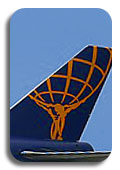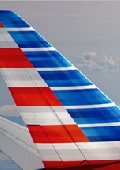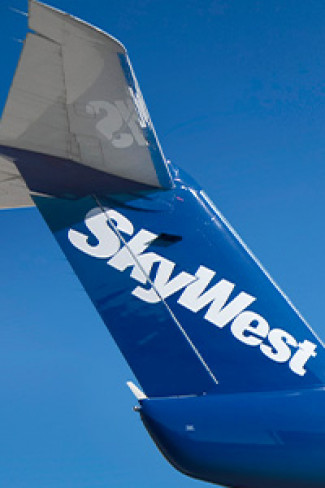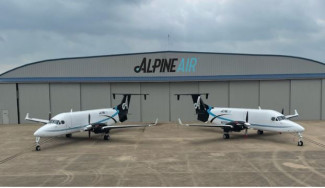Hydration and the Pilot
What you may not know is that the Federal Aviation Administration recently added pilot dehydration to the Practical Test Standard's list of physiological conditions. This article is brief refresher for working pilots on just how important adequate water in take can be.
Commercial pilots, particularly those working long hours in hot cockpits or on multiple day long-haul trips, may need to consume more water than the average healthy person. We usually take water and electrolytes for granted and ignore them, but the loss of water and solutes can result in life threatening conditions more rapidly than a deficiency of any other nutrient. So let's take a closer look at the benefits of water, what can happen when the body has too little, and some easy things pilots can do to stay in water balance.
The Good:
Water helps the body to carry a heavy traffic of nutrients and waste products to and from the cells and the spaces between them. Water molecules serve as the solvent for minerals, vitamins, amino acids,glucose, and a multitude of other small molecules. They act as lubricants around joints, shock absorbers inside the eyes and spinal cord, and aid in the body's temperature maintenance. In short, water is the essence of life.
The Bad:
The total amount of fluid in the body is tightly regulated to remain constant, thanks to delicate balancing mechanisms. Thirst and satiety govern water intake, but unfortunately, thirst lags behind a lack of water. A water deficiency that develops slowly can switch on drinking behavior in time to prevent serious dehydration, but one that develops fast may not.
Also, thirst itself does not remedy a water deficiency; you have to notice that you are thirsty, pay attention, and take the time to get a drink. In addition, you must make sure the drink you choose is not making the condition worse. Beverages that contain caffeine or alcohol act as diuretics- increasing urination and loss of water. Dehydration results when fluid loss exceeds intake.
Young, healthy, active individuals in negative water balance develop dry mouth, dry skin and eventually thirst. There is some evidence of impairments of cognitive function at moderate levels of hypo hydration, but even short periods of fluid restriction, leading to a loss of body mass of 1-2%, lead to reductions in the subjective perception of alertness and ability to concentrate and to increases in self-reported tiredness and headache.
The Ugly:
Chronic mild dehydration is recognized as a precipitating factor in a number of acute medical conditions, and there may be an association,although not necessarily a causal one, between a low habitual fluid in take and some cancers, cardiovascular disease and diabetes. Because of the impact on alertness, chronic mild dehydration may increase therisk of aircraft incidents and accidents.
Deep venous thrombosis (DVT) and pulmonary thromboembolism (VTE),also known as "economy class syndrome" or "traveler's thrombosis" are frequently reported after long-haul flights. Pilots by the very nature of their jobs may be at a higher risk for developing symptoms of DVT.Contributing factors for DVT and VTE are sitting in a cramped position for hours, low humidity and lowered oxygen pressure in the aircraft cabin, reduced fluid intake and dehydration, as well as individual risk factors.
The remedy:
Drink water before you leave on your trip. Choose cold water instead of coffee, tea or soda during your trip. If you are flying the back side of the clock on the 4th day of a 6 day trip and caffeine is not just a tasty beverage but a physiological necessity, be sure to drink at least 8 ounces of water for every cup of coffee. Drink plenty of water on your layover too and keep caffeine and alcohol to a minimum.
In addition to water, nearly all foods contain water. Foods with the highest water content include fresh fruit and vegetables. In addition,water is generated from the energy nutrients in foods. Daily water intake from these three sources totals, on the average, should be about 2 ½ liters (about 2 ½ quarts).
The FAA suggests not participating in intense exercise immediately before a flight since replacing fluids quickly can be difficult.
The easiest way to monitor your hydration is simply to check the color of your urine during a flight. If you use the restroom often and your urine is colorless, you are getting plenty of hydrating fluids. If you notice your urine is dark yellow and you didn't take a multivitamin that morning, crack open a nice cold bottle of water and replace those fluids.
-

Airshare 07/22/2024
-
Alpine Air 07/18/2024
-

Atlas Air 07/17/2024
-

Piedmont Airlines 07/10/2024
-

SkyWest 07/09/2024
 AIRLINE PILOT CENTRAL
AIRLINE PILOT CENTRAL